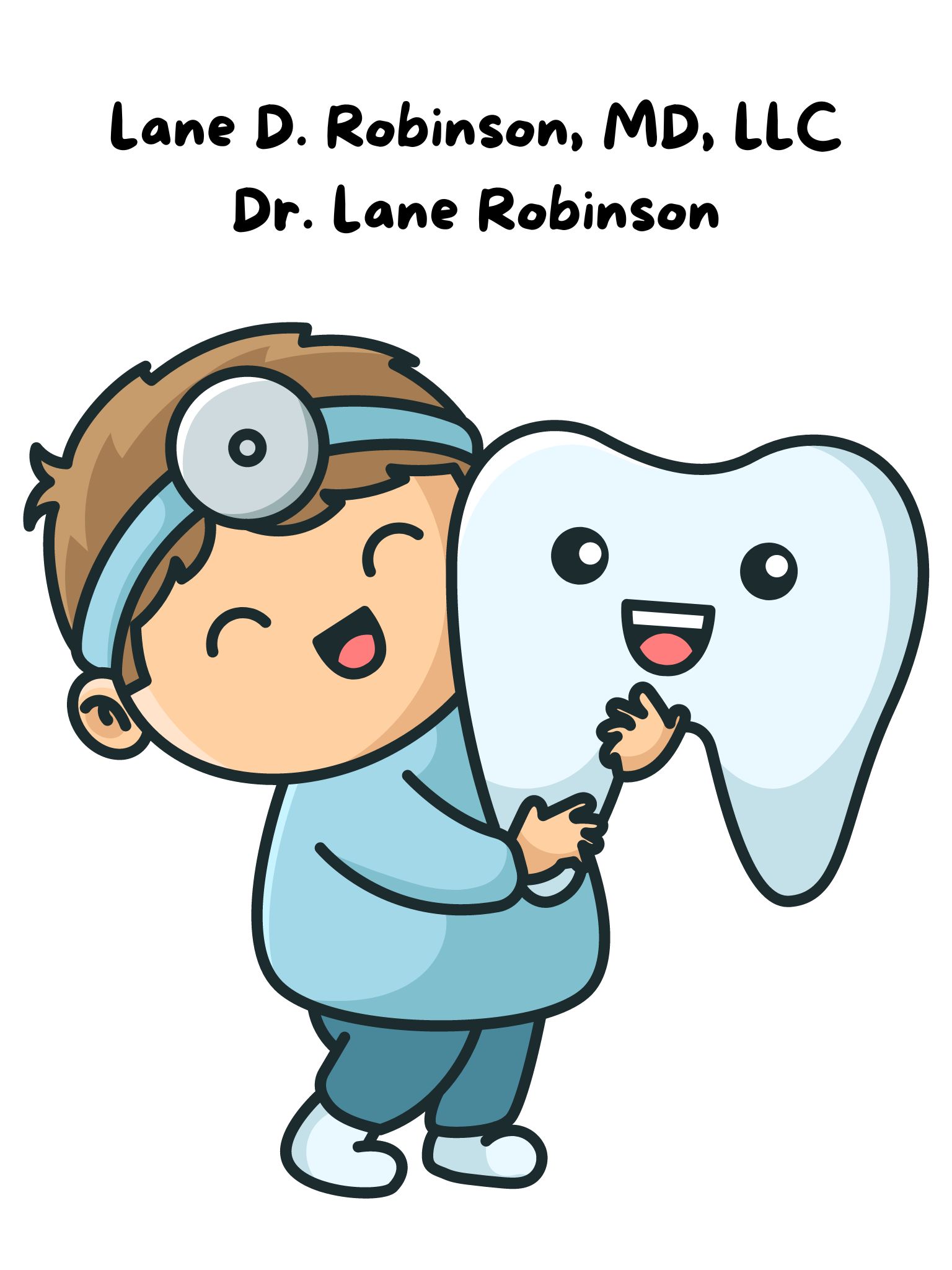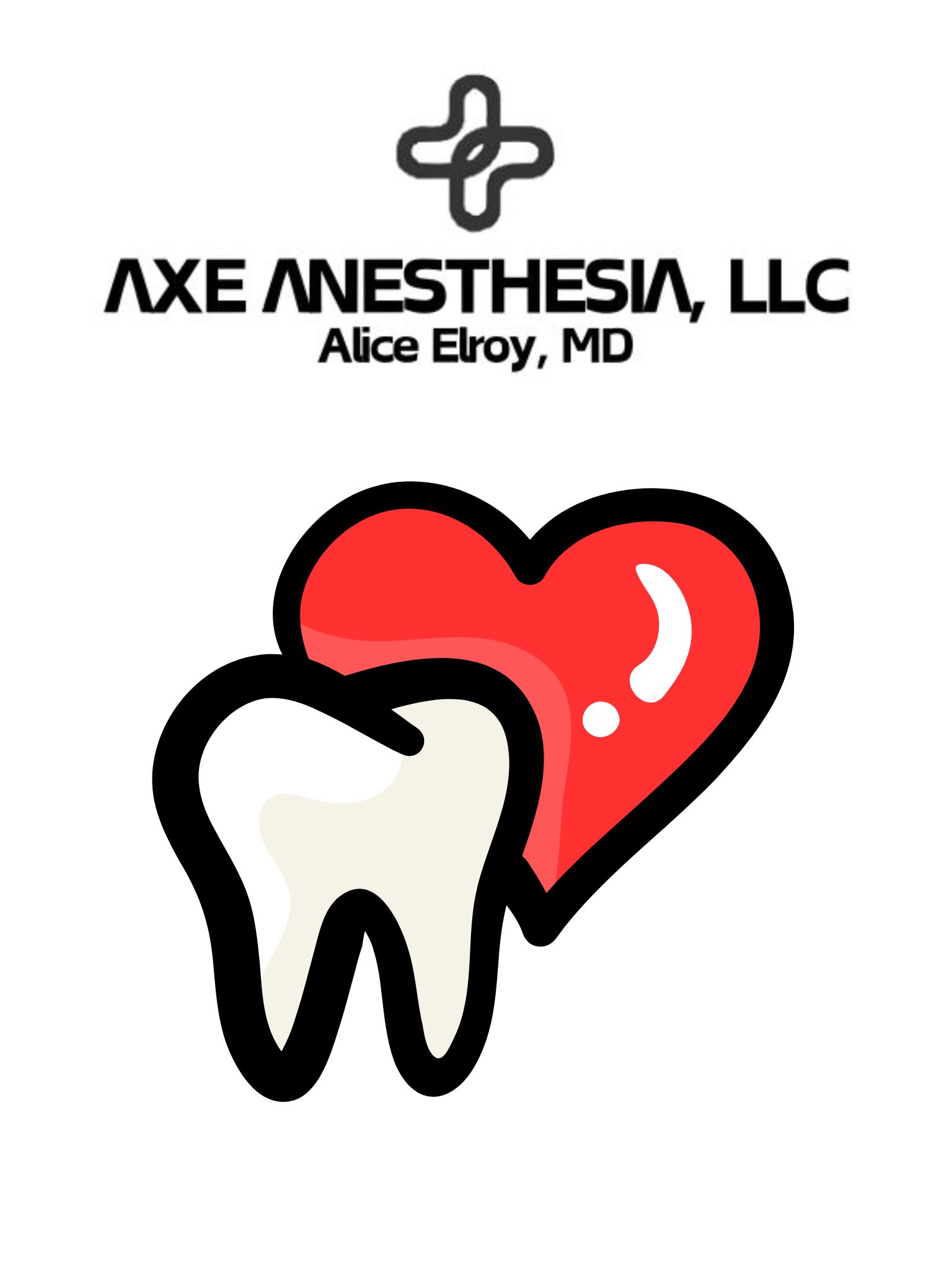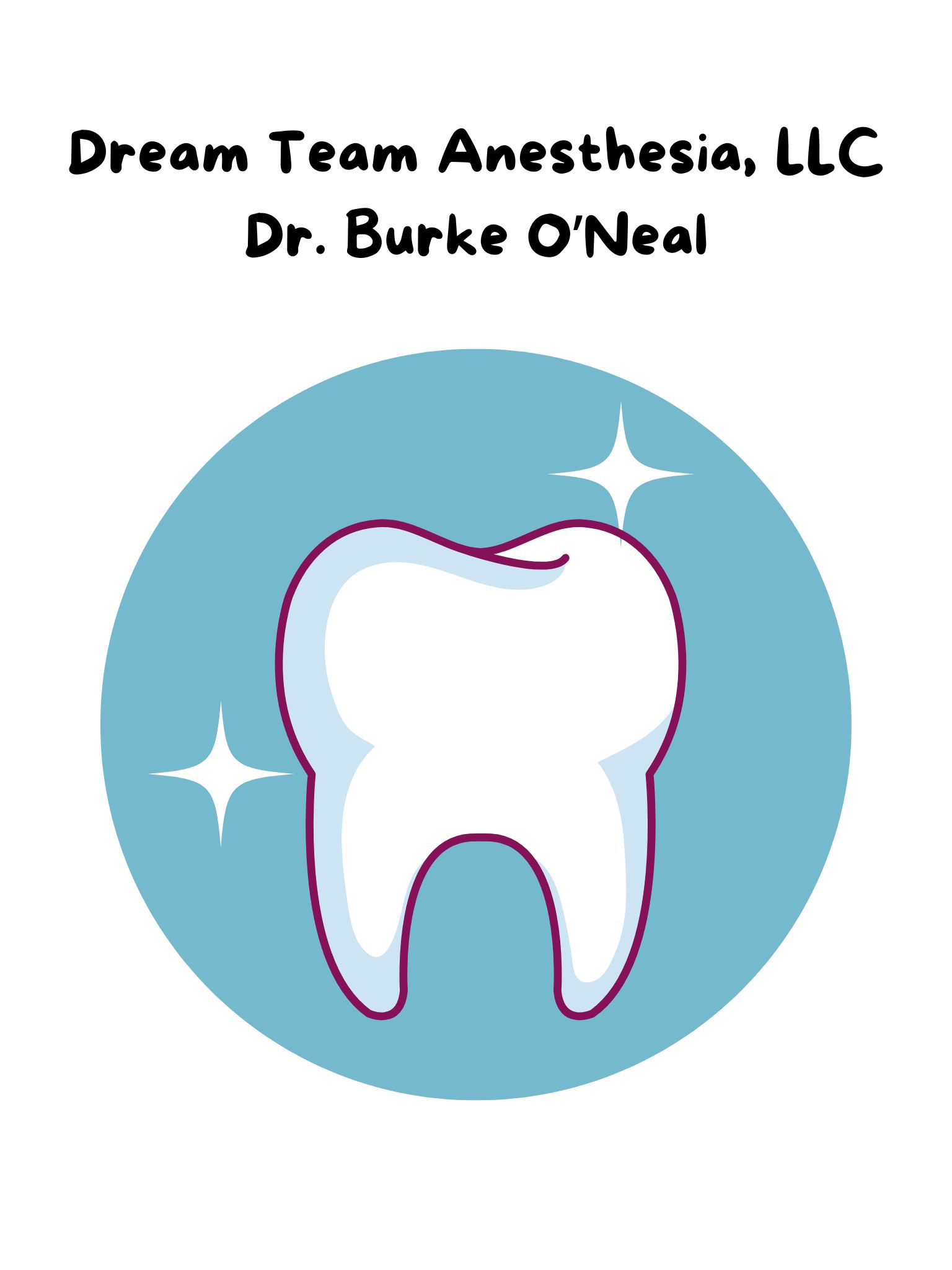Anxiety-Free
Dental Care
From routine cleanings to dental emergencies and everything in between, our doctors are here to give your child the best in comprehensive dental care.
Sedation Dentistry
At Sunnyside Dentistry for Children, it is our goal to make sure your child is calm, comfortable and confident during dental treatment. There are situations where children need more support to complete dental treatment calmy and safely. This is why we work alongside board certified anesthesiologists to offer local anesthetics and sedative medications to help especially anxious children remain calm for their procedure.
Talk to our staff about these options and how to best prepare your child for sedation dentistry.

Dr. Lane Robinson
Board Certified Anesthesiologist
Dr. Lane Robinson is an
independent contractor for
Sunnyside Dentistry for Children.

Dr. Alice Elroy
Board Certified Anesthesiologist
Dr. Alice Elroy is an
independent contractor for
Sunnyside Dentistry for Children

Dr. Burke O’Neal
Board Certified Anesthesiologist
Dr. Burke O’Neal is an
independent contractor for
Sunnyside Dentistry for Children
Post-operative dental care has been provided below. As well as pre-operative and post-operative anesthesia care. Please contact our office to speak with our IV-coordinator if you have questions regarding your child’s upcoming general anesthesia appointment.
hidden toggle
Fillings & Sealants
- Dr. Dustin utilizes a white composite filling material for all back and front teeth that need fillings and
sealants. Dr. Dustin does not use silver amalgam for any fillings in the mouth. These fillings are light
cured and typically hardened upon completion. - Sometimes, Dr. Dustin utilizes a glass ionomer material called Equia Forte for fillings and/or sealants on teeth. Forte is heat cured but still needs more time to set. Please avoid crunchy foods for 48 hours for the best results.
Stainless Steel Crowns
- Blanching or bleeding around the gum tissue for the first few days up to a few weeks post treatment,
especially when brushing is normal. - Puffy or bruised gum tissue is normal after the procedure. The puffiness, bleeding, and blanching will
typically subside after a few weeks with the return of a good oral hygiene routine (twice daily brushing,
once daily flossing & rinsing if your child is old enough). - For the lifetime of the stainless-steel crown and to ensure longevity, your child will need to avoid sticky
candies and that can loosen or pop the crown off (Laffy Taffy, Airheads, Jolly Ranchers, Starburst, etc.) - You’ll be able to tell if the crown is being kept clean during brushing because the crown will appear
shiny, if the crown appears cloudy, plaque is gathering and help with brushing in this area is needed.
Zirconia Crowns
- Gum tissue may look blue/purple in color, this may last for a few weeks post treatment. The gum
tissue needs time to heal, especially since the crowns will be pushed just up against the tissue. - These front teeth crowns should be treated like decoration teeth and are for aesthetics and not to be
used as tools. - Please remind your child not to use their new front teeth to break apart Legos or to open packages,
and to be delicate and gentle with their teeth. Although these teeth are less likely to chip and break with
enough force and pressure, they can pop off.
Composite Crowns (Strip Crowns)
- Some bleeding and bruising around the gum tissue is normal and can last up to a few weeks post
treatment. - You may also notice some staining under the filling material especially if there has been a nerve
treatment done or if your child has had a previous procedure such as silver diamine fluoride in the past. - Because this is a filling material these crowns are also slightly porous. This means foods such as
blueberries, pasta and/or pizza sauces, and/or grape juice, over time can stain. - Although these crowns are strong, they are only for aesthetics and not to be used as tools. If your child
is using these teeth for opening packages or breaking apart Legos, the crowns are likely to chip or
break. - Chips in the material are not easily repaired on children who are awake. If a chip in the material does
occur, many times we will choose to leave the chip unrepaired now that the decay has been removed
and it is just a cosmetic concern, this is to avoid repeat anesthesia visits. Small chips can sometimes
be filed down while your child is awake to make sure there are no sharp edges, and it is smooth to the
tongue but may not need further repair.
Extractions
- During the anesthesia procedure we only numb the areas where teeth are removed. Typically, your
child will be numb in the extraction area for 1-2 hours after the placement of the numbing medication. - Do not allow your child to bite, chew, suck, or poke at the area that was numbed. Trauma to the
tissue may occur and can lead to a swollen lip or cheek or tongue that will take many days to heal. - NO drinking through a STRAW or hard spitting for 2 days after the procedure.
- Bleeding after the procedure is normal although we do try to slow the bleeding as much as possible
during treatment. It is not uncommon for mild bleeding to start and stop during the first day or two.
Biting firmly with gauze or a clean washcloth on the extraction site for 20-30 minutes will help stop
bleeding but may need to be repeated during the first day or two multiple times. - If your child is too young or upset to put pressure on the extraction site, don’t worry too much because
kids are typically fast healers, their body should naturally form a clot after some time. - Be sure to keep the extraction site clear of irritation with hard objects or suction pressure.
- Continued bleeding, swelling, or pain after 24 hours should be reported by calling the office at
503.855.5100 and listening to the prompts.
Space Maintainers
- Some bleeding around the space maintainer while brushing for the first few days is common.
- Puffy or sore gum tissue is normal, often this can mimic gingivitis for a couple of weeks post treatment.
- With a space maintainer you’ll want to avoid sticky candies that will loosen or potentially pop off the
appliance (Laffy Taffy, caramels, Jolly Ranchers, Starbursts, etc.) - Typically, the adult premolars and molars will not erupt until children are closer to ages 10 – 12 years.
When we start to see the new teeth erupt, the doctor will decide when the space maintainer will be
removed. - The puffiness, bleeding, and blanching will typically subside after a few weeks with the return of a good
oral hygiene routine (twice daily brushing, once daily flossing & rinsing if your child is old enough).
hidden toggle
Before Anesthesia
- Your child must arrive on an empty stomach. Typically the anesthesia coordinator will instruct you to keep your child NPO by not giving anything to eat or drink after midnight the night before. These instructions may be modified depending on your child’s arrival time. It is very important to follow this instruction.
- We ask that you bring a washable blanket with you on the day of treatment. This blanket will stay with your child throughout treatment.
- We ask that your child is in loose, comfortable clothing, with short sleeves on the day of treatment. Pajamas are okay, as long as they are not zip-up footed pajamas or long sleeved.
- If your child is not potty trained, please bring additional wipes, diapers, and pull-ups for the ride home.
After Anesthesia
- Often children will wake up grumpy and tearful after surgery. Your child may feel dizzy, disoriented, or
confused. Waking up is often quick, it’s best to talk to your child and give them reassurance. This
behavior is short-lived, usually 5-10 minutes. - Nosebleeds can be common but typically resolve quickly. The anesthesiologist does use a nasal
intubation tube that protects your child’s airway during treatment. - The anesthesiologist will give an Ibuprofen-like medication during surgery to decrease pain. If your
child does complain of pain, you may give acetaminophen (Tylenol) immediately after treatment when you arrive home. - The anesthesiologist will also give your child an anti-nausea medication.
- No food or drink will be given in the office when your child wakes up. When you arrive home your child
may eat and drink right away. We recommend starting with something easy on the stomach,
something your child can eat with a spoon, such as applesauce or yogurt. From there, reintroduce
more solid, yet still soft foods, such as macaroni and cheese, soup, and sandwiches for later in the day
once you know their stomach is not upset. - Typically, at this age children will have a difficult time expressing their mouth feels different or “funny”,
we recommend a soft diet for 24-48 hours post treatment. However, the sooner your child gets into
their normal routine, the more used to their teeth they will be. - Your child will not be permitted to return to school or daycare after treatment. Your child will need to be
home and monitored for the remainder of the day in a calm comfortable setting. No outside play, not a
lot of “running around”, we recommend a “rainy-day” situation, movies, coloring, and it’s okay if your
child also wants to go back to sleep.
